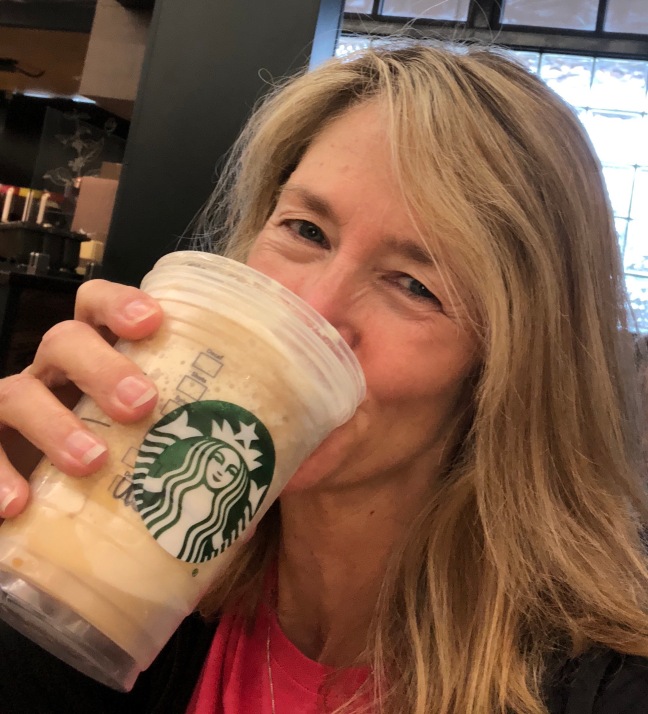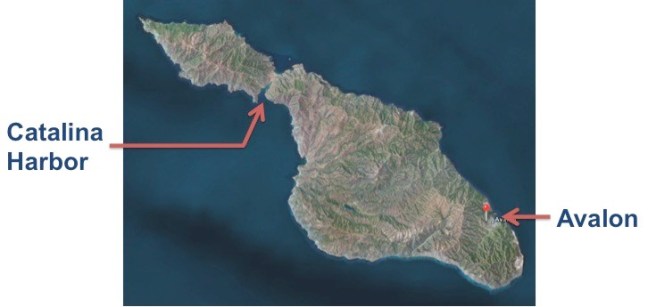In the United States alone, it is estimated that we use over 500 million plastic straws each day! With roughly 326 million people in the U.S., that is like each of us using 1.5 straws every day. Wow. Do I really use a straw a day? Does that mean I throw away at least one straw a day?
Plastic straws, like coffee stirrers, water bottles, plastic shopping bags, yogurt cups and most food packages are single-use plastics. Single-use plastics are also called “disposable plastics” because they are used only one time before they are disposed of. Think about it… the useful “life cycle” of my straw is literally the amount of time it takes me to drink my Frappuccino.
Most single-use plastics, like straws, are made of polypropylene. Polypropylene is a type of plastic made from a fossil fuel: petroleum oil. Hmmmm…. Do I really want to be using up our limited, non-renewable natural resources for the “coolness” of sipping through a straw that I will throw away less than an hour later?

In fact, I am wondering… Do I really need to use a straw at all? Is it possible to drink my Starbuck’s Triple Carmel Frappuccino without a straw? Could I actually just sip it straight from the cup?
 Weird. It works. In fact, except for very few people with medical needs, straws are technically not necessary for drinking beverages or water. FYI. Your great grandparents did not need straws. They didn’t even have straws.
Weird. It works. In fact, except for very few people with medical needs, straws are technically not necessary for drinking beverages or water. FYI. Your great grandparents did not need straws. They didn’t even have straws.

Straws were first introduced in the United States in the early 1900s when fear of spreading diseases like polio raised concerns about drinking directly from a glass in public places. But, back then, the “safety” straws were made of paper which could easily decompose in the environment or landfills. However, in the 1950s, despite the discovery of the polio vaccine, straw usage skyrocketed. Plastic had been invented! The invention of plastics and rise of “fast food” restaurants found the perfect partnership. This is when plastic straw usage became “cool” and rampant. Today, ready to make drinking an “experience”, straws are everywhere… coffee shops, restaurants, school cafeterias, attached to juice boxes and coconut waters.
The Real Plastic Problem
Personally awakening to the frivolity of straw coolness and regret for literally “sucking up” natural resources are relevant reasons but not the driving reason for why I will put down my Last Straw today. Today, I will use my last straw because plastic straws are made from polypropylene, a “super plastic” that took off in the 1950s due to its flexibility and durability: The plastic sales companies’ pitch at the time was “It can last forever”… Yay!
“Lasting forever” is the big problem with my polypropylene straw and all plastic. It is not biodegradable. Plastics that begin with natural materials (fossil fuels) are man-made in such a way that living organisms like bacteria and fungi (bio – part of the biodegradable) cannot break the chemical bonds between the atoms apart. My super plastic straw will never break down into the simple carbon and hydrogen molecules that it is made of.
So if plastic doesn’t biodegrade what happens to it? It is estimated that only 10-13% of the millions of tons of plastic produced worldwide are recycled, therefore most of it ends up in landfills or littered. Even if I don’t litter my straw, they are light and small and often just blow or wash away from trash collectors or land fills to end up in the natural environment. A great deal of this single-use plastic finds its way to our oceans and has led to a real crisis for marine life…

…. and ultimately our own lives.
In the ocean my straw will not biodegrade but it will degrade or break down into smaller and smaller bits over time due to weathering in the ocean. The smallest bits of plastic are called “microplastics.”

These microplastics can easily work their way into the food chain and ultimately into our bodies.

Action against plastic straws speaks louder than blogs. Seattle and other cities, Hyatt, Starbucks and other companies… are already taking action and saying NO to plastic straws.
WATCH: Strawless in Seattle Video
Better late that never. TODAY I put down my straw and will never again use a plastic straw because plastic “lasts forever”.
Will you join me? #TheLastStraw #StrawWars
Not ready to give up straws for good… here’s a first step:
Use a paper straw. Paper biodegrades quickly and easily. Trees can be replanted. Check out these really cool compostable, biodegradable paper straws that help fund sea turtle research … Awesome Paper Straws!
Looking for a fun and meaningful science fair project idea??
How about burying a bunch of plastic and paper straws in a compost pile (maybe you could try these “biodegradable plastic” ? straws too) …. dig them up and get their mass every two weeks… record your data. Take pictures of changes.
How long before your paper straw biodegrades?



 Tomorrow, September 15, 2017 at 6:55am Central Time, just shy of
Tomorrow, September 15, 2017 at 6:55am Central Time, just shy of 























 Mr. Caldwell and I spent a fair amount of time researching optimal viewing sites for this total solar eclipse and landed on Madras, Oregon due to its higher probability of clear skies, airfare, lodging economics/comfort, and NASA’s endorsement. We waffled back and forth between several locations in Oregon, Idaho and Wyoming but are ultimately happy with our choice and now are hopeful for cooperating weather conditions.
Mr. Caldwell and I spent a fair amount of time researching optimal viewing sites for this total solar eclipse and landed on Madras, Oregon due to its higher probability of clear skies, airfare, lodging economics/comfort, and NASA’s endorsement. We waffled back and forth between several locations in Oregon, Idaho and Wyoming but are ultimately happy with our choice and now are hopeful for cooperating weather conditions.


 We were first introduced to this topic last year when our classmate, Rafa, developed a power point presentation that he shared with the LC on the problem of the Great Pacific Garbage Patch. His presentation introduced us to a young man, Boyan Slat, determined to solve the problem of this marine debris. Here is the link to Boyan’s 2013 TedX talk that we watched last school year..
We were first introduced to this topic last year when our classmate, Rafa, developed a power point presentation that he shared with the LC on the problem of the Great Pacific Garbage Patch. His presentation introduced us to a young man, Boyan Slat, determined to solve the problem of this marine debris. Here is the link to Boyan’s 2013 TedX talk that we watched last school year..